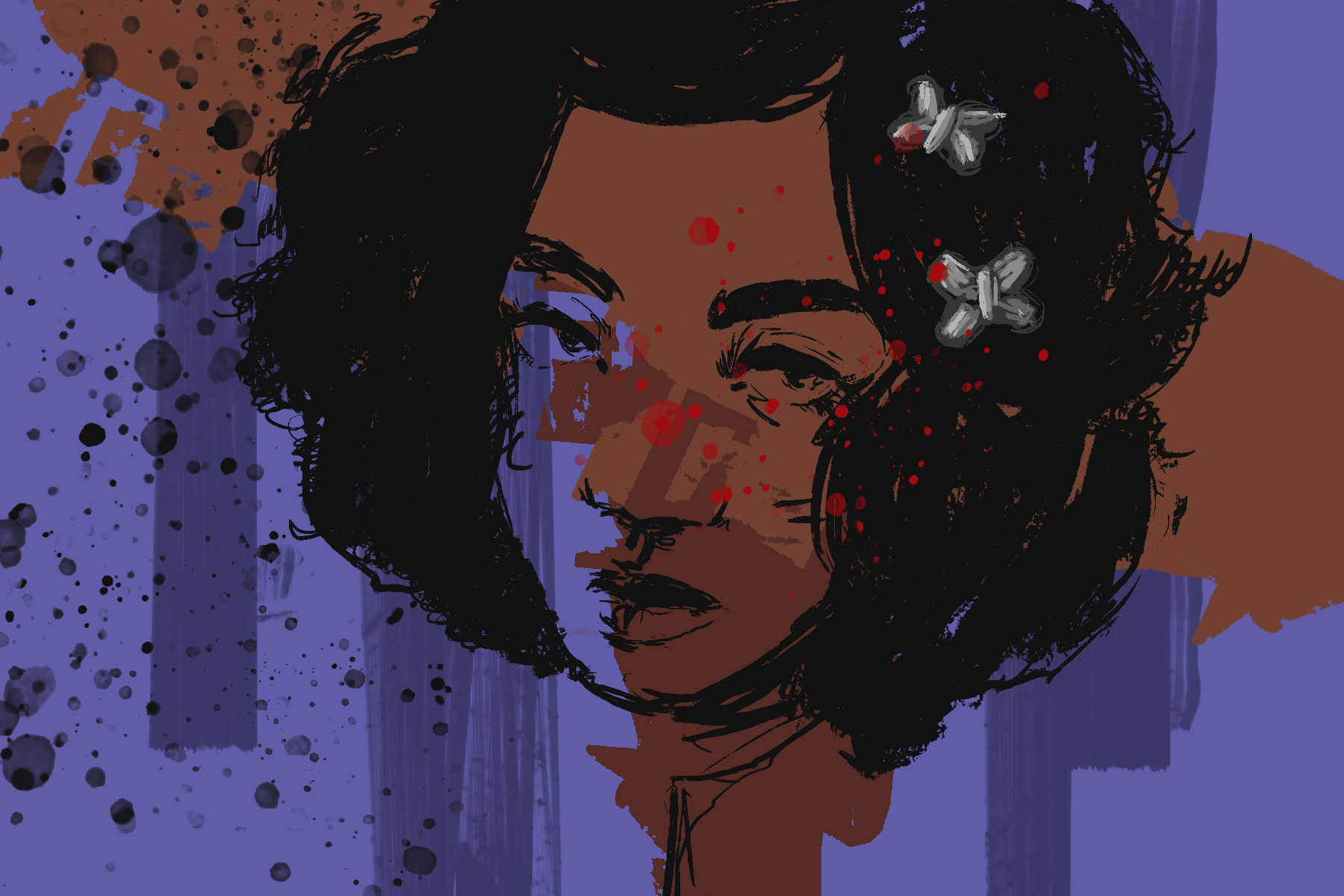Cinderella is a classic fairy tale that everyone knows, whether they’ve read the original story or have just seen the Disney films. Young girls grow up dreaming of the kind of magic that turned Cinderella’s pumpkin into a carriage, her rats into white horses and her tattered dress into a gown fit for a queen. It’s a whimsical story where the girl with the heart of gold ends up with her Prince Charming and gets the happily-ever-after so many people still long for.
Due to the popularity of the fairy tale, plenty of remakes and reimaginings already exist. The infamous “A Cinderella Story,” which stars Hilary Duff, kick-started an entire franchise, which would go on to feature Selena Gomez, Lucy Hale and Laura Marano as the various leads.
Another popular, recent version of the fairy tale is Marissa Meyer’s novel “Cinder.” This adaptation adds a science fiction twist to the Cinderella tale, where the main character, Cinder, is actually a cyborg. But like the films previously mentioned, “Cinder” follows the story of Cinderella relatively closely. All of the main characters deal with an evil stepmother and cruel stepsisters, and they find their version of Prince Charming in the end.
Kalynn Bayron’s novel “Cinderella Is Dead” flips the original narrative straight onto its head. Released this past July, the book begins 200 years after the fairy tale ends, and Cinderella really is dead. In her honor, teenage girls are forced to attend the Annual Ball where they’re shown off to a group of men. There, the lucky girls are chosen by a suitor to become that man’s wife. A young woman has three chances to attend the ball, and if they aren’t chosen by the third, then they’re taken deep into the castle and never seen again.
The main character of “Cinderella Is Dead” is Sophia, a headstrong and stubborn 16-year-old girl. She knows that the structure of her society is wrong and she has a deep, burning hatred for the king who rules her land. As the threat of the Annual Ball looms ahead of her, there is nothing that Sophia wants more than to run away with her childhood best friend, Erin. Sophia can’t bear the thought of being chosen by a suitor at the ball because she’s already in love with Erin, and Sophia wants a chance to live a happy life with her.
As determined as Sophia is, she just can’t seem to make anyone else see the moral corruption of the king or how despicable the Annual Ball really is. Through Sophia’s eyes, readers get to witness the fear and pain that the women in Sophia’s society feel. Bayron balances the beautiful descriptions of the gowns, decorations, potions and glamor that go into preparing for the Annual Ball with the palpable anxiety running through the veins of the young women awaiting their fate at the Ball. Since no one knows if their future husband will be a kind man or not until they’re behind closed doors, no one knows which fate is worse.
Once the night of the Annual Ball finally arrives, everything goes awry. Sophia has to make her escape from the castle when she gets chosen by a knowingly cruel and abusive suitor. She flees into the woods, where she locates Cinderella’s mausoleum. While hiding there from the palace guards, Sophia meets a young girl named Constance, who is one of the last descendants of Cinderella and her stepsisters.
Sophia learns that everything she was told about the fairy tale was a complete lie. The story is actually much darker and much more twisted than she ever knew. With Constance at her side, Sophia develops a plan to destroy the king and his reign once and for all. The two go on an adventure through the woods, which involves dark magic, necromancy and epic dagger fights.
There are many highlights of “Cinderella Is Dead.” Bayron’s writing is lyrical and so beautifully descriptive that you can imagine yourself right in Sophia’s shoes as she progresses through the story. Sophia is an endearing main character who has her flaws and quirks, but they make you root for her even more. Her everlasting bravery, blind optimism and fierce determination shine throughout the novel. Plus, her interactions with other characters expose nuggets of wisdom and truth regarding the real world.
The king and the system that he has created are terrifying because there is a trace of familiarity to what occurs in the story. That element of the novel is best described by a quote from “Cinderella Is Dead” itself: “I think we sometimes make the mistake of thinking monsters are abhorrent aberrations, lurking in the darkest recesses, when the truth is far more disturbing. The most monstrous of men are those who sit in plain sight, daring you to challenge them.”
However, the best part of the novel is the romance for sure. Not only do readers get a thrilling retelling of the Cinderella story in the form of a young girl who wants to overthrow the patriarchy, but she’s sapphic, too. It’s fantastic to see sapphic representation in a young adult fantasy novel, especially in one that adapts a classic fairy tale. Both of the girls are independent and fleshed out, and their relationship evolves at a steady pace. Their love isn’t instantaneous; the two girls just develop feelings for one another as they fight to destroy the king.
If you haven’t read it yet, “Cinderella Is Dead” is worth adding to your bookshelf. The novel is a refreshing take on a story that’s been told a million times before, and that’s an impressive feat. Whether she decides to keep adapting fairy tales or move onto another genre, Bayron’s delightful writing and storytelling skills are sure to make her next book a great read.

















